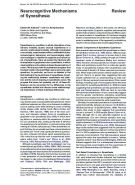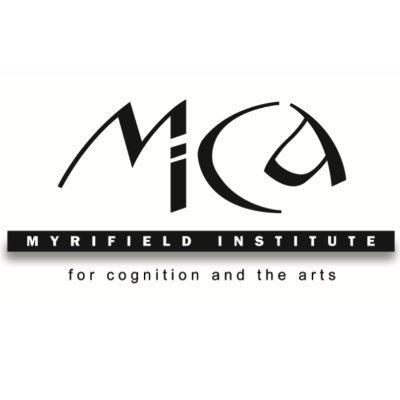
Last paper:
Grazia Pulvirenti, Renata Gambino, Neurohermeneutics. A Transdisciplinary Approach to Literature
- Peer review
- Submit a paper
- Suggest a paper
- Contact us
- Partner program
Vilayanur S. Ramachandran, Edward M. Hubbard,
Neurocognitive Mechanisms Review of Synesthesia
 Source: Neuron
Source: NeuronYear: 2005
DOWNLOAD PAPER
Download size: 338.63 KB
Synesthesia is a condition in which stimulation of one sensory modality causes unusual experiences in a second, unstimulated modality. Although long treated as a curiosity, recent researchwith a combination of phenomenological,
behavioral, and neuroimaging methods has begun to identify the cognitive and neural basis of synesthesia. Here, we review this literature with an emphasis on grapheme-color synesthesia, in which viewing letters and numbers induces the perception of colors. We discuss both the substantial progress that has been made in the past fifteen years and some open questions. In particular, we focus on debates in the field relating to the neural basis of synesthesia, including the relationship between synesthesia and attention and the role of meaning in synesthetic colors. We propose that some, but probably not all, of these differences can be accounted for by differences in the synesthetes studied and discuss some methodological implications of these individual differences.
Project
The Neuro Humanities Studies Network aims at creating a multidisciplinary research community in order to develop and structure a linking platform for neuro-scientific, cognitive topics and humanities.
Click on each keyword to show papers related with it.









